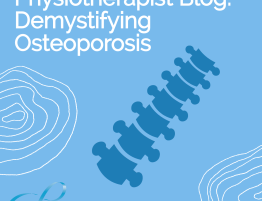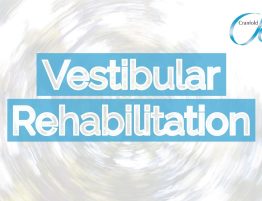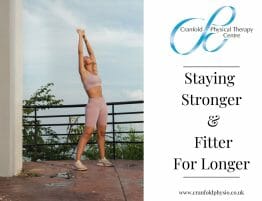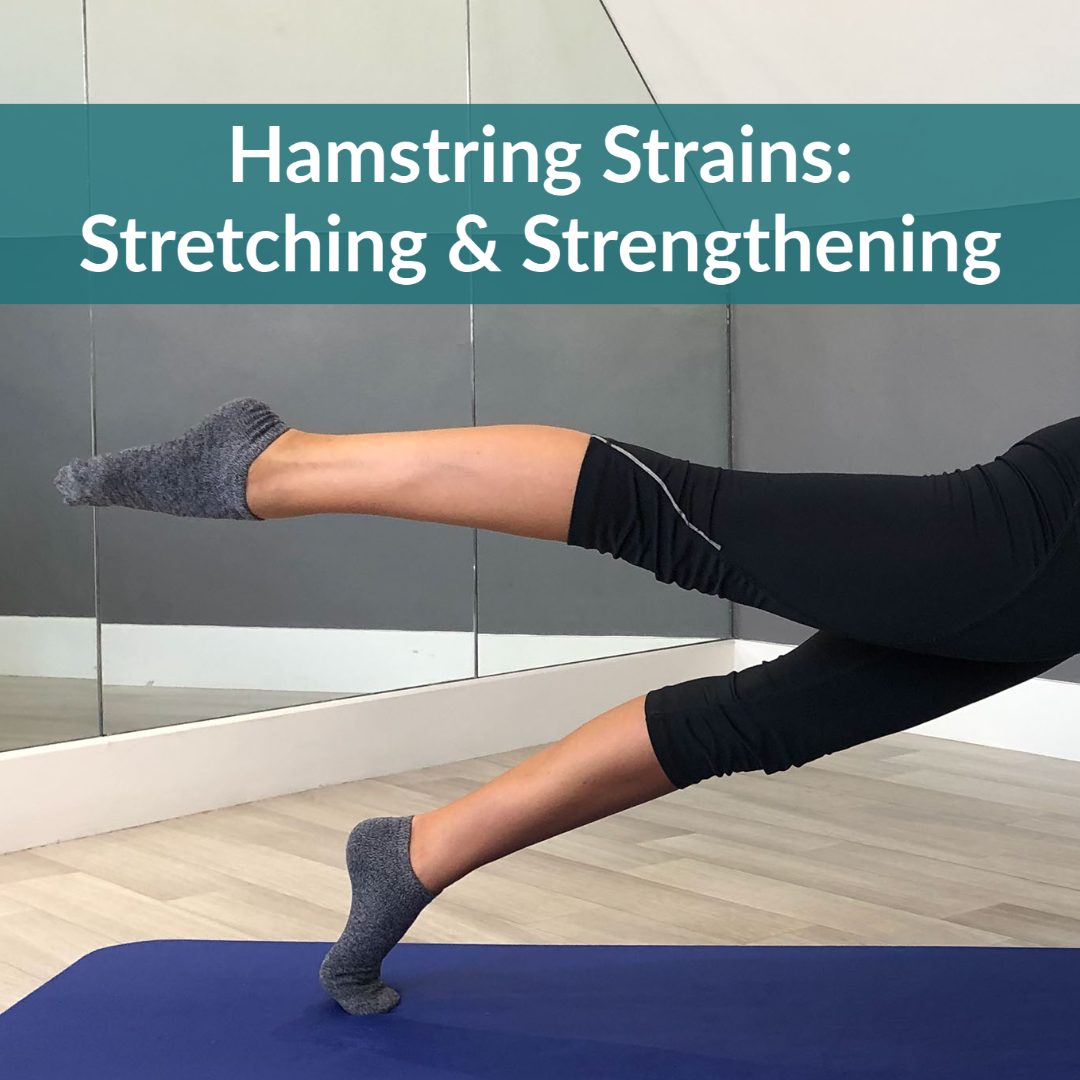
 Hamstring strains are caused by a rapid contraction, usually when the leg is extending or a violent stretch of the hamstring muscle group which causes a high mechanical stress.
Hamstring strains are caused by a rapid contraction, usually when the leg is extending or a violent stretch of the hamstring muscle group which causes a high mechanical stress.

Hamstring strains are most common among sports that require a high degree of speed, power and agility such as soccer, basketball, tennis, sprinting and rugby.

This results in varying degrees of rupture within the fibers of the muscle-tendon unit.
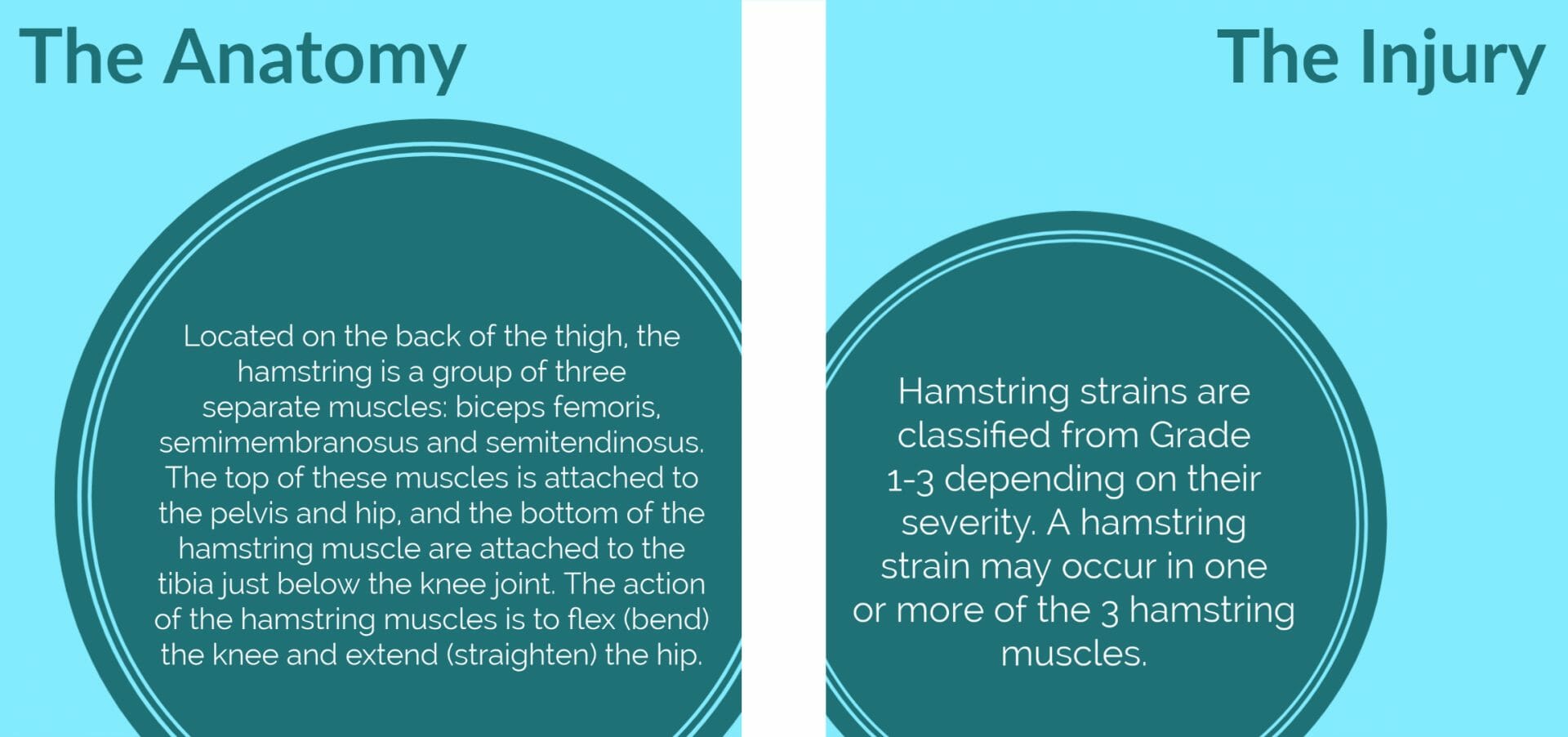

 The immediate treatment of any soft tissue injury consists of the RICER protocol – rest, ice, compression, elevation and referral. The RICE protocol should be followed for 48–72 hours. The aim is to reduce the bleeding and damage in the muscle. The muscle should be rested in an elevated position with an ice pack applied for 20 minutes every two hours (never apply ice directly to the skin). A correctly sized compression bandage should be applied to limit bleeding and swelling in the injured area. During this time, the No HARM protocol should also be applied – no heat, no alcohol, no running or activity, and no massage. This will ensure decreased bleeding and swelling in the injured area.
The immediate treatment of any soft tissue injury consists of the RICER protocol – rest, ice, compression, elevation and referral. The RICE protocol should be followed for 48–72 hours. The aim is to reduce the bleeding and damage in the muscle. The muscle should be rested in an elevated position with an ice pack applied for 20 minutes every two hours (never apply ice directly to the skin). A correctly sized compression bandage should be applied to limit bleeding and swelling in the injured area. During this time, the No HARM protocol should also be applied – no heat, no alcohol, no running or activity, and no massage. This will ensure decreased bleeding and swelling in the injured area.

Following this acute phase, a physical therapist will start to work on soft tissue and manual mobilisation, with the goal being to slowly improve tissue flexibility and mobility and promote good tissue healing and scar formation. Strength exercises and neural mobilisation exercises will gradually be introduced. Correcting muscle imbalances, proprioception, muscle endurance and sports specific techniques may also be addressed.
 Timeframes for rehabilitation and return to sport vary depending on the nature and severity of the strain. Generally, Grade 1 hamstring strains should be rested from sporting activity for about three weeks and Grade 2 injuries for a minimum of four to eight weeks. In the case of a complete rupture (Grade 3), the muscle may have to be repaired surgically and the rehabilitation to follow will take about three months, even up to 6 months to return to full sporting ability.
Timeframes for rehabilitation and return to sport vary depending on the nature and severity of the strain. Generally, Grade 1 hamstring strains should be rested from sporting activity for about three weeks and Grade 2 injuries for a minimum of four to eight weeks. In the case of a complete rupture (Grade 3), the muscle may have to be repaired surgically and the rehabilitation to follow will take about three months, even up to 6 months to return to full sporting ability.

Premature return to sport and inadequate rehabilitation will increase the risk of re-injury, which is already high anyway. Full stretch and strength should be achieved in addition to the ability to perform full speed training.



The data tells us that one of the best ways to reduce the risk of hamstring injury is to maintain flexibility in the muscles around the lower back, gluteals and upper leg (hamstrings and quadriceps). These exercises are designed to help you achieve this goal.
Click the images under each exercise to view a demonstration video.
SUPINE LUMBAR TWIST STRETCH
Lying flat on your back, cross one leg over the other by twisting your hips and spine. Keep your opposite arm outstretched. You can hold on to your knee to make the stretch stronger if you feel comfortable.
Repeat 3 times
Hold for 20 seconds
DOUBLE LEG BACK STRETCH
 Lie flat on your back, and bend your knees towards your chest. Hold this position and feel a gentle stretch in your back. If you get any groin pain while doing this exercise, stop and inform your therapist. Relax, and repeat as necessary.
Lie flat on your back, and bend your knees towards your chest. Hold this position and feel a gentle stretch in your back. If you get any groin pain while doing this exercise, stop and inform your therapist. Relax, and repeat as necessary.
Repeat 3 times
Hold for 20 seconds
LUMBAR AND THORACIC SIDE FLEXION SITTING
 Sitting with good upright posture, run your arm down the side of the chair leg by side-bending your spine. Repeat to the other side. This is a
Sitting with good upright posture, run your arm down the side of the chair leg by side-bending your spine. Repeat to the other side. This is a
good mobility exercise for the upper and lower back while sat down, if you feel your back is starting to get stiff.
Repeat 3 times
Hold for 20 seconds
Perform both sides
GLUTE STRETCH SUPINE 3
 Lie on your back, and bend your knee to 90 degrees (i.e. pointing straight up). Place your ankle across your opposite knee and pull your knee towards your chest to feel a stretch in your bottom. You can also use a towel to assist you.
Lie on your back, and bend your knee to 90 degrees (i.e. pointing straight up). Place your ankle across your opposite knee and pull your knee towards your chest to feel a stretch in your bottom. You can also use a towel to assist you.
Repeat 3 times
Perform both sides
EXTERNAL ROTATION TABLE GLUTE STRETCH
 This is an alternate to lying on the floor. Place your foot on a table, with your leg turned inwards. Lean forwards slightly to feel a stretch in your buttock. Hold the stretch.
This is an alternate to lying on the floor. Place your foot on a table, with your leg turned inwards. Lean forwards slightly to feel a stretch in your buttock. Hold the stretch.
Repeat 3 times
Hold for 20 seconds
Perform both sides
FOAM ROLLER HAMSTRING STRETCH
Sit down placing a foam roller under your Hamstrings (back of the legs). Your feet should be off the ground, and you can balance using your arms. Roll the roller up and down your Hamstrings to create a stretch. You can cross your legs to emphasise the stretch on one side.

After ensuring that the muscles and tissues around the low back, gluteals and upper leg are flexible, the most important aspect of preventing hamstring injury is to build hamstring strength and ensure there is no neural tension in the nerves running from your spine, down your leg. These exercises will help achieve this.
Click the images under each exercise to view a demonstration video.
SCIATIC NERVE GLIDE FLOSS 3
 Sit with good posture, and straighten your affected leg and bend your ankle towards you, as you extend your neck. Then bring your neck towards your chest as you relax the ankle. This will glide the sciatic nerve.
Sit with good posture, and straighten your affected leg and bend your ankle towards you, as you extend your neck. Then bring your neck towards your chest as you relax the ankle. This will glide the sciatic nerve.
SHOULDER BRIDGE 3
Start position is shoulder bridge level one, with a neutral pelvis and the spine rolled away from the mat. Inhale to prepare, exhale to lengthen and straighten your leg. Avoid tilting the pelvis. Inhale and fold your leg back to the mat, ready to repeat on the opposite leg. Exhale, as you roll the spine down vertebra by vertebra to finish.
Repeat 5 times | Perform both sides
LEG SWING
 Hold on to a table, and swing your leg in front of you and then behind you in a controlled way. It’s a great way to dynamically warm up your leg and hip, but also used to gain more mobility to your hip joint. As you swing your leg forward in front of you, pull your foot upwards and slouch your back and tuck chin to chest. (slump) Then as you swing leg back behind you straighten your back up. This is a dynamic nerve stretch.
Hold on to a table, and swing your leg in front of you and then behind you in a controlled way. It’s a great way to dynamically warm up your leg and hip, but also used to gain more mobility to your hip joint. As you swing your leg forward in front of you, pull your foot upwards and slouch your back and tuck chin to chest. (slump) Then as you swing leg back behind you straighten your back up. This is a dynamic nerve stretch.
Repeat 5 times | Perform both sides
FULL SQUAT SINGLE LEG CUP REACH
Place 5 cups in front of you, and stand in the middle of them. Squat down (on one leg), and reach for one cup then come up, then repeat with the second cup, etc. Be careful to maintain control to the leg, and do not perform the exercise too quickly. Always keep your foot flat on the ground, do not let your heel raise from the floor.
Repeat 5 times | Perform both sides
Write a comment:
You must be logged in to post a comment.







